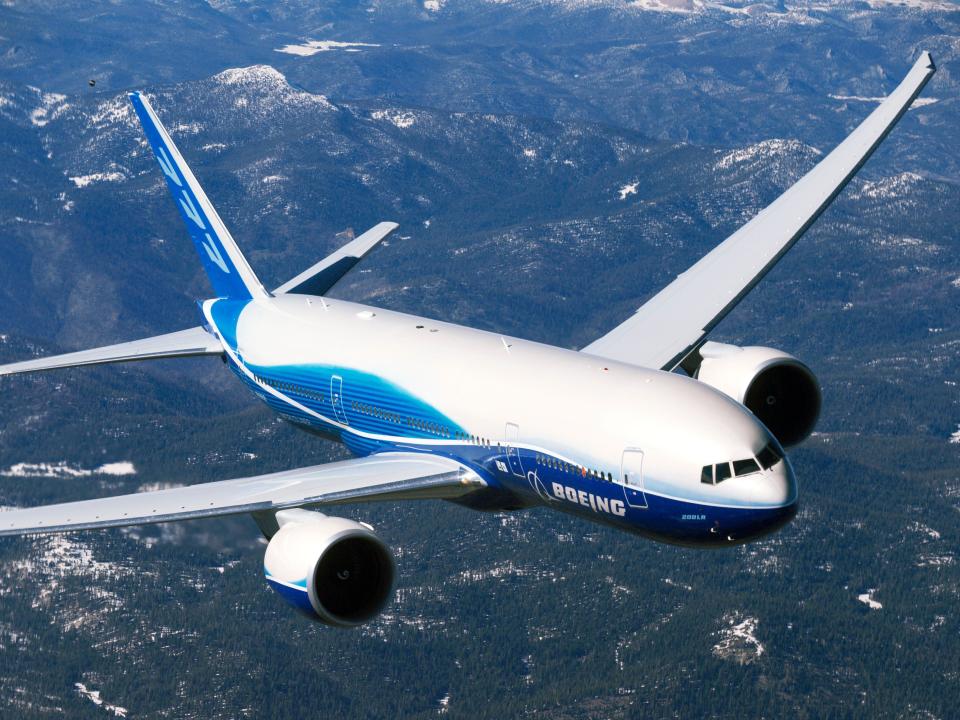While we await the fate of MH370, it's worth remembering that the Boeing 777 is one of the safest planes in history (BA)

This week, a wing segment of an airliner washed up on the shores of Reunion Island in the western Indian Ocean.
Investigators believe the wreckage to be that of a "flaperon" from the right wing of a Boeing 777.
On March 8, 2014, a Malaysia Airlines Boeing 777-200Er operating as Flight MH370 disappeared while flying from Kuala Lumpur, Malaysia to Beijing, China.
Should it be determined that MH370 did indeed crash, it would be the third Boeing 777 to crash in three years.
However, as we await the fate of the vanished airliner and the 239 passengers and crew on board, it's important to remember that the Boeing 777 is one of the safest and most successful airliners in aviation history.
In the two decades since it entered service in 1995, the 777 has become a workhorse for long-haul international airlines. Along with Airbus A330, the 777 helped revolutionize modern air travel — eventually rendering the jumbo jet obsolete.
So far, more than 1,300 Boeing 777s have entered service with airlines and cargo carriers.
In 20 years, only five Boeing 777s have been written off, due to fire, crashes, or disappearance.
The first incident took place in 2008 when a British Airways 777 suffered engine failure on landing and crashed on the runway at Heathrow Airport. The aircraft — operating as BA Flight 38 — experienced sudden loss of power, and the cause of the incident was eventually traced back to a design fault in Rolls-Royce's Trent turbofan engines that allowed ice to build up in the fuellines. Although nearly 50 people were injured, no one died in the crash.

The second incident took place in 2011, when an EgyptAir 777 caught fire while parked at a gate at Cairo Airport. Fortunately, all passengers onboard were able to deplane and only a few people were injured. Eqyptian investigators believe the fire was caused by a short circuit and was fed by the pilot's onboard oxygen supply.
The third hull-loss and first fatal accident involving a 777 occurred in 2013, when an Asiana Flight 214 crashed while landing in San Francisco. Three of the 291 passengers on board were killed, while all 16 crew members survived. Investigators at the NTSB attributed the crash to pilot error.

 Yahoo Autos
Yahoo Autos 
